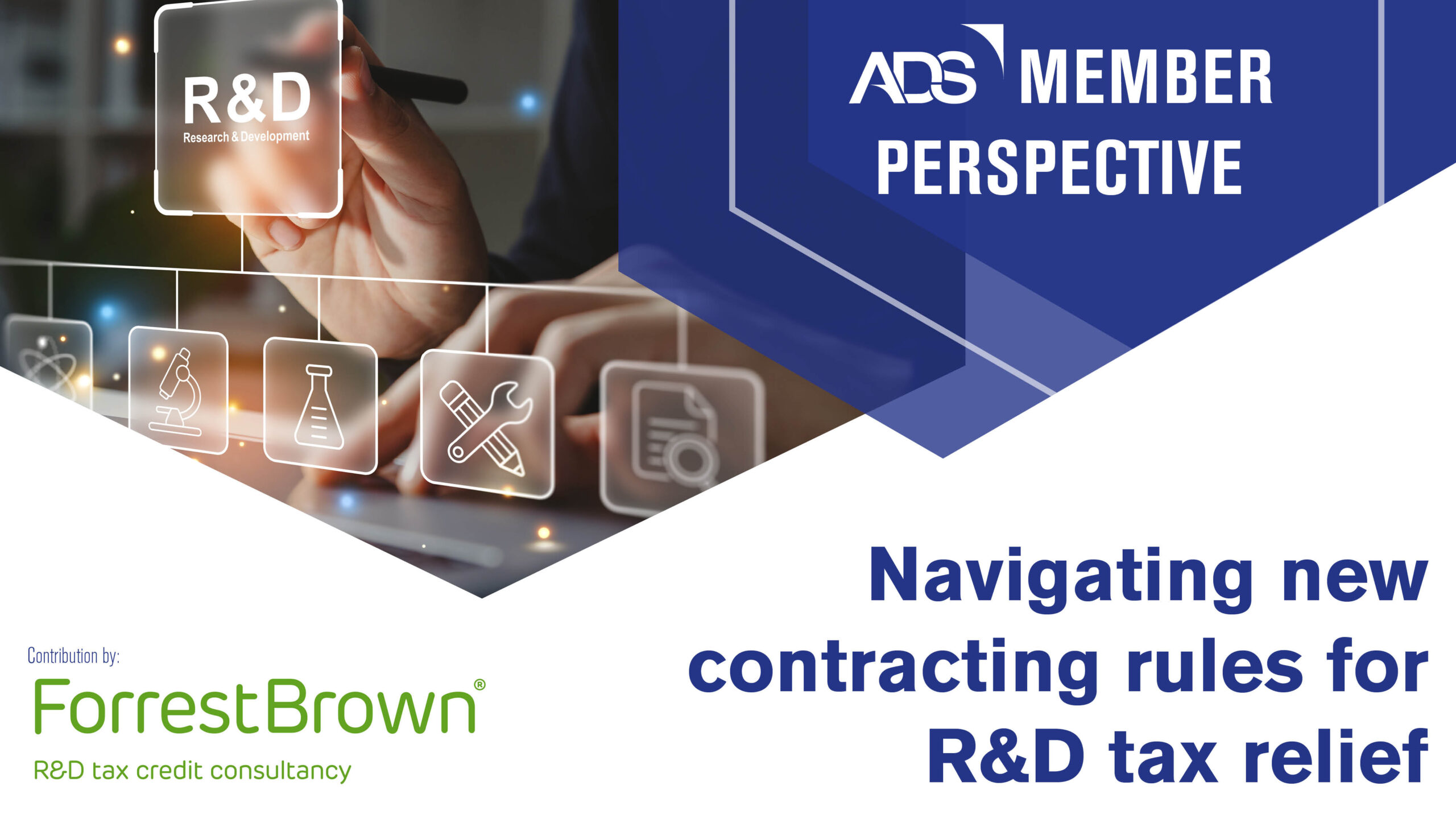
It is an area that has been shrouded in controversy for several years, but new rules on contracting out R&D activities, introduced as part of a merged scheme for R&D tax relief, both change and clarify who can claim when work has been contracted between parties.
What do the new rules on contracting mean for SMEs?
For SMEs, the new rules change the dynamic, especially for those who have previously claimed relief for R&D projects contracted to them by large companies. They now need to be familiar with a more structured set of rules to (in broad terms) determine who is the R&D decision-maker, and may lose their right to claim relief.
What does the legislation say?
The Finance Act 2024 introduced a new definition of contracted out R&D, which affects accounting periods beginning on or after 1 April 2024. This applies to both upstream and downstream relationships with the aim of awarding relief to the party responsible for making the decision to carry out R&D.
A three-step test has been introduced to establish this, which puts commercial arrangements under the spotlight. The first is to ascertain if there is a contract to which R&D relates; the second is to establish that R&D activities have taken place; and the third is whether it is reasonable to assume that the R&D activities carried out were “intended or contemplated” at the time the contract was entered into.
How could this impact large companies?
For companies operating within complex supply chains, the potential impact could be significant. A large business with an R&D tax relief claim could see it reduced to zero or significantly increased in size depending on how R&D is referenced in commercial arrangements.
As ever, there are nuances to consider. For example, where an upstream contract is with an organisation outside the UK, or a government department, the UK company should still be able to claim regardless of whether the R&D has been contracted to it. This may still be possible even where they are acting through an intermediary.
What does this mean for the aerospace and defence sector?
In a sector where supply chains typically extend multiple steps downstream, or operate through intermediaries, and where the government is often the end customer, it is imperative for businesses of all sizes to ensure that they have visibility of the potential impact on their R&D budgets. Inevitably there will be winners and losers, but getting ahead of the change can inform financial planning and help to shape future commercial arrangements.
ForrestBrown can work with ADS members to review commercial arrangements, wherever they sit in the aerospace ecosystem.
If you would like to submit a blog for our Member Perspective please contact our Communications Team comms@adsgroup.org.uk





